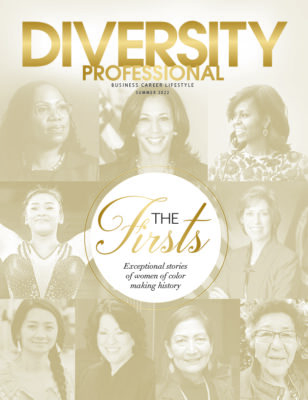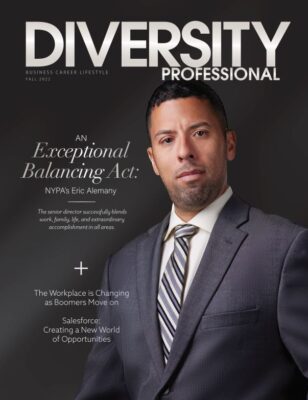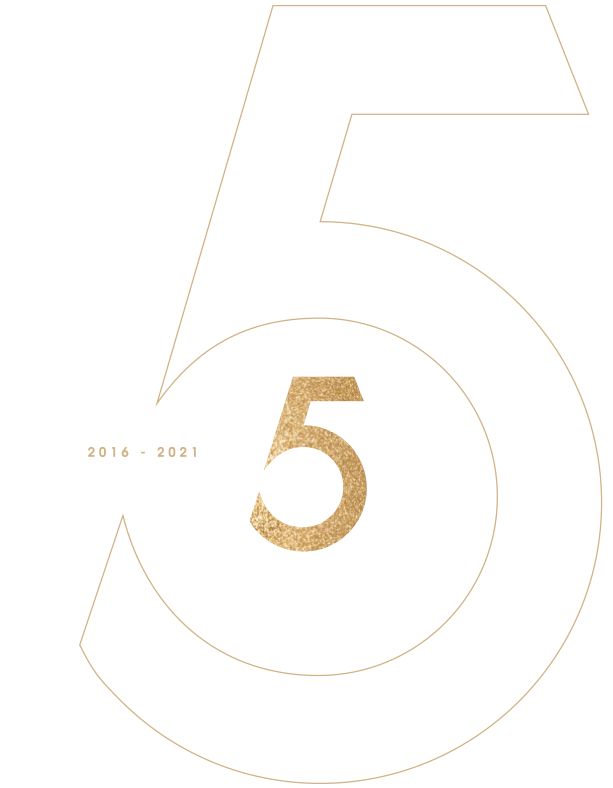Is The Entertainment Industry Serious About D&I?
Minority populations continue to remain underrepresented.
The subject of diversity and inclusion remains a fiery ‘hot topic’ among the film, television and cable industries. In 2015, #OscarsSoWhite launched a much-needed conversation about the lack of diversity in front and behind the camera. Yet, here we are now with similar concerns. Has much changed or is it a clever publicity move continuing to pacify the public outcry? The answer is sadly a complicated ‘sort-of’.
The Time’s Up and Me Too movements blazed a neon spotlight on disparities taking place across the entertainment industry. And yet, profits accumulate to billions while networks and film companies continue to prosper.
It’s no secret that women, people of color and the LGBTQ community have always been underrepresented not only for sought-after leading roles, but also in executive leadership. Many networks and production companies are adding diversity and inclusion personnel to their staffs, which makes for a great press release announcement. However, where many see progress, others perceive those at the top, the ultimate decision makers, as unchanging. Same race, same skin color, same ‘pedigree’. Viacom, Comcast, Netflix, Amazon, Starz, Showtime, NBC and HBO all have male presidents, with Hulu as the exception. Of the top 10 film companies, only three women helm the top leadership position of president.
Many companies seem to have the same talking points: everyone is committed to bringing in the best and brightest talent representing all ethnicities, to build a culture where everyone is able to thrive and succeed. But the follow-up doesn’t seem to align with the data. Regrettably, the real world on screen appears less diverse, but less should not mean invisible.
Even as the minority population grows year after year, they continue to remain underrepresented across the board in the entertainment industry. Take a look at these stats:
◼️ 68% of all female characters were White in the top 100 films of 2019, 20% were Black, 7% were Asian, and 5% were Latina.
◼️ Films with Black leads and majority-minority casts were released in the fewest international markets, on average, in both 2018 and 2019.
◼️ In 2018, films with casts that were from 21%-30% minority enjoyed the highest median global box office receipts, while films with casts that were from 41%-50% minority enjoyed this distinction in 2019. By contrast, films with the least diverse casts—in both years—were the poorest performers.
◼️ Out of 1,200 movies, a total of 688 erased males from the Latino community and 828 erased females. The degree of invisibility between 2007 and 2018 seems to be decreasing for Latinas on screen. Though, more films erased Latinas in 2018 (70) than 2017 (64).
The tide needs to turn on what many perceive as a flood whitewashing of the stories we see on screen. Diversity and inclusion shouldn’t be mere words, a hopeful goal post in a future not so far off. There needs to be real action behind it. Women, people of color and other underrepresented groups need to be hired, promoted and properly compensated for their skillset, creativity and passion.
As we’re all on pause due to the coronavirus pandemic, stop and take a look at the networks/production companies you’re giving your time and money to. Are diversity and inclusion just words on a company statement or do you visibly see the action being put forth on your screen?









